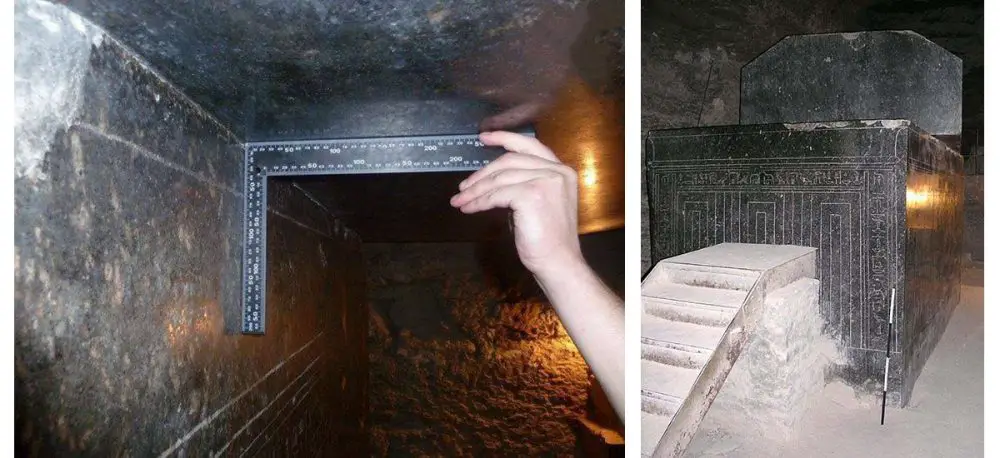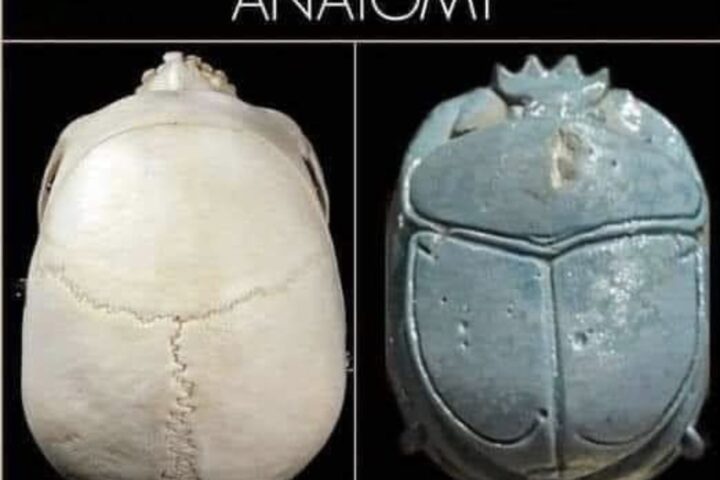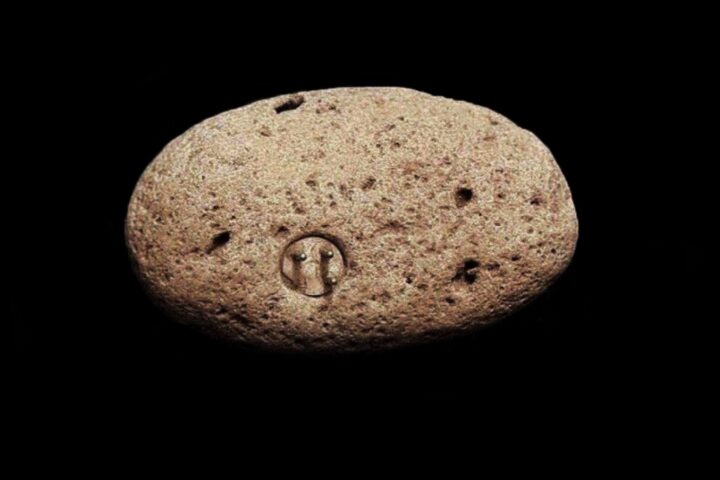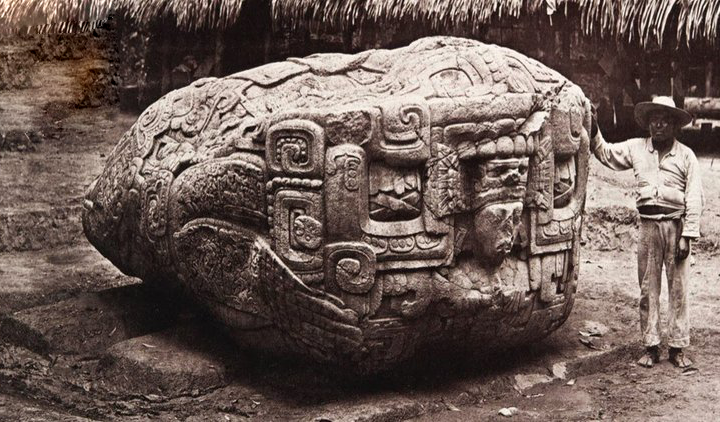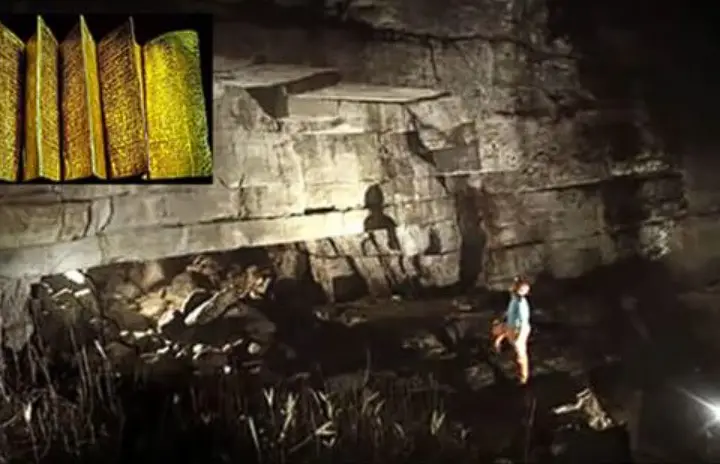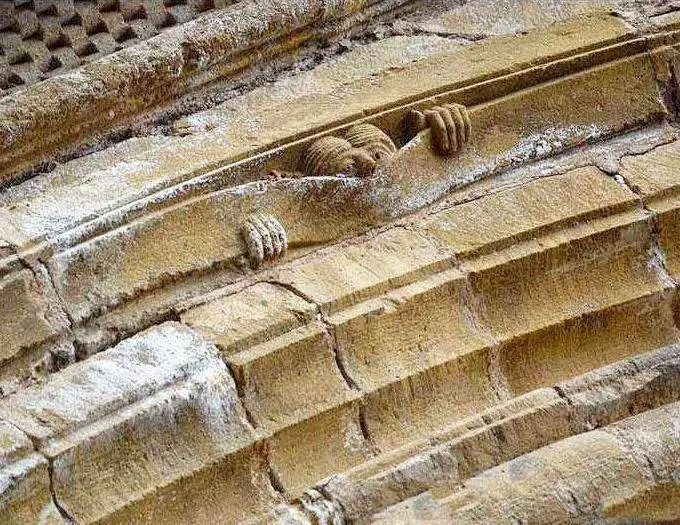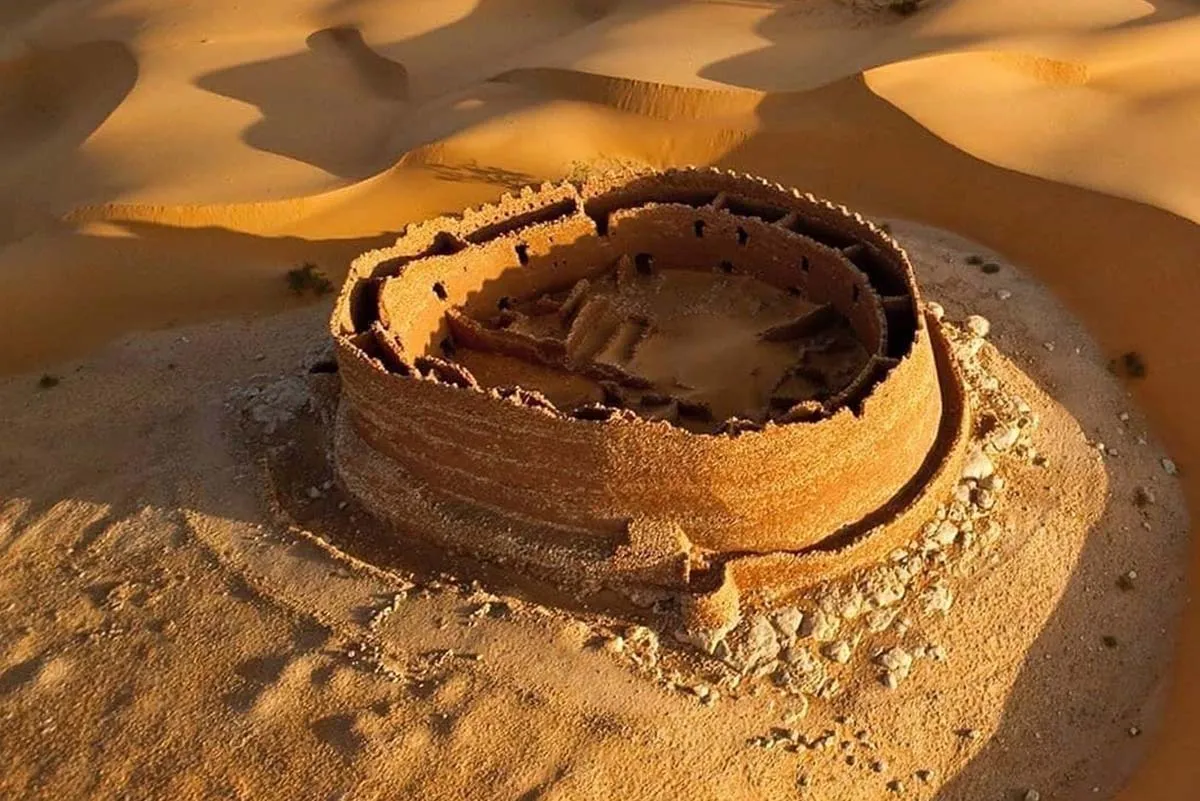Introduction: The Serapeum of Saqqara, an ancient Egyptian necropolis, stands as a testament to the remarkable architectural precision of the ancient Egyptians. This underground complex, designed to house the sacred Apis bulls, showcases their advanced understanding of construction and engineering.
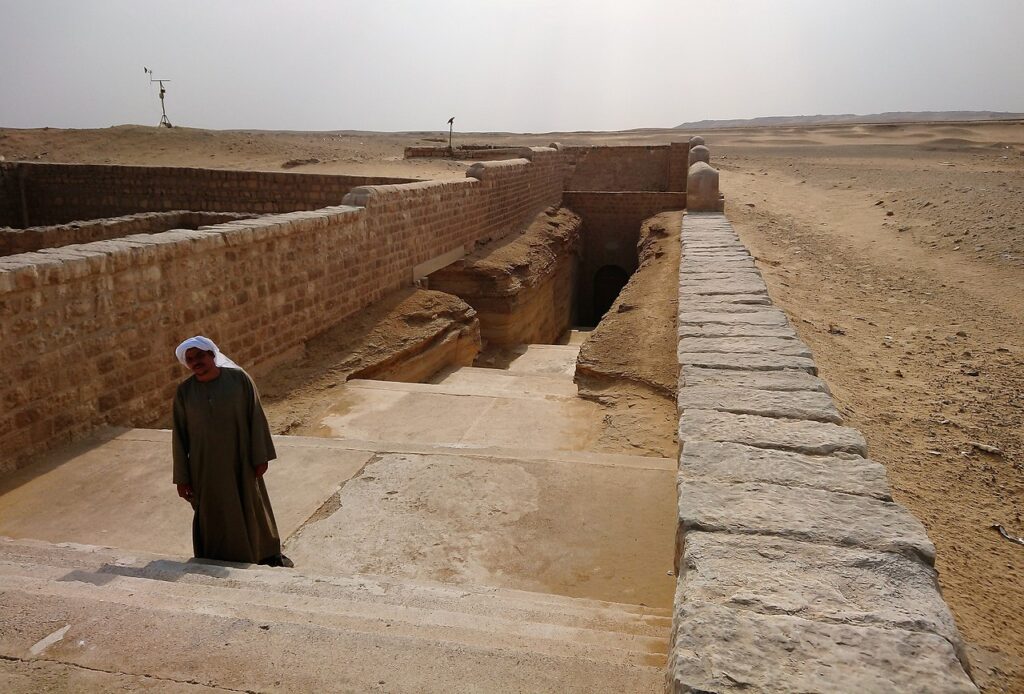
Historical Significance: Located near the famous Step Pyramid of Djoser, the Serapeum of Saqqara was used for the burial of the Apis bulls, which were revered as manifestations of the god Ptah. These burials date back to the New Kingdom and continued for over a millennium.
Architectural Marvel: The most striking feature of the Serapeum is its precision. The underground galleries, carved out of solid rock, are aligned with astounding accuracy. The sarcophagi, made of granite and weighing up to 70 tons, were transported and placed within these chambers with incredible precision.
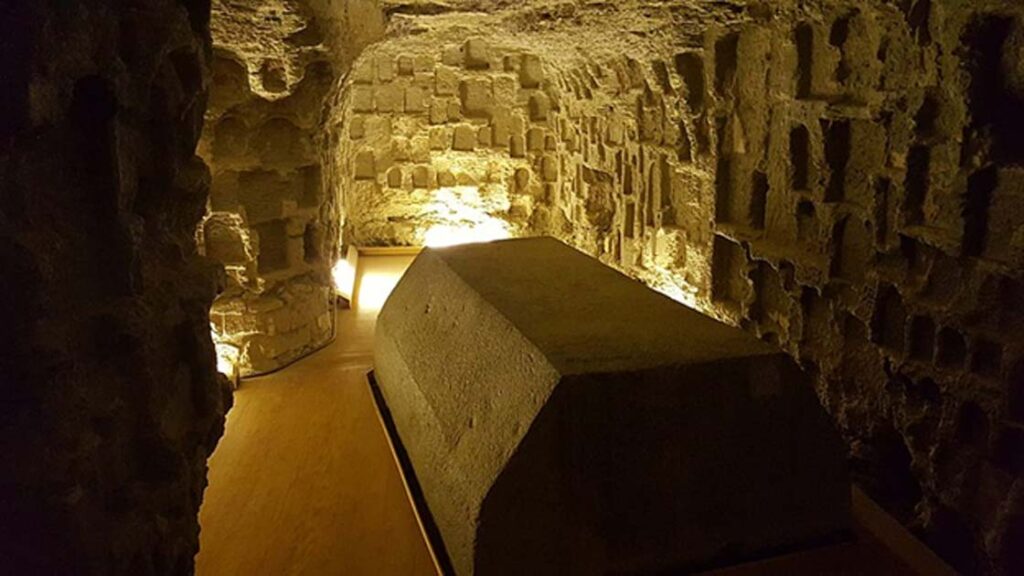
The Apis Bulls: The Apis bulls were an integral part of Egyptian religion, believed to be incarnations of deities. The care and effort put into their burials reflect the importance of these sacred animals in Egyptian culture.
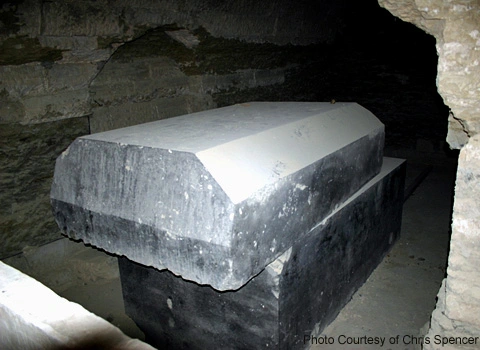
Rediscovery and Exploration: Rediscovered in the 19th century, the Serapeum has since been a focus of archaeological interest. Its exploration has yielded valuable insights into Egyptian burial practices and religious beliefs.
Conservation Efforts: Preservation of the Serapeum is crucial, as it continues to provide invaluable insights into ancient Egyptian civilization. Efforts are ongoing to maintain the integrity of this ancient site and protect it from environmental and human-induced damage.
Conclusion: The Serapeum of Saqqara is not only an archaeological treasure but also a monument to the ingenuity of the ancient Egyptians. It remains a profound reminder of a civilization that continues to fascinate and inspire centuries later.

